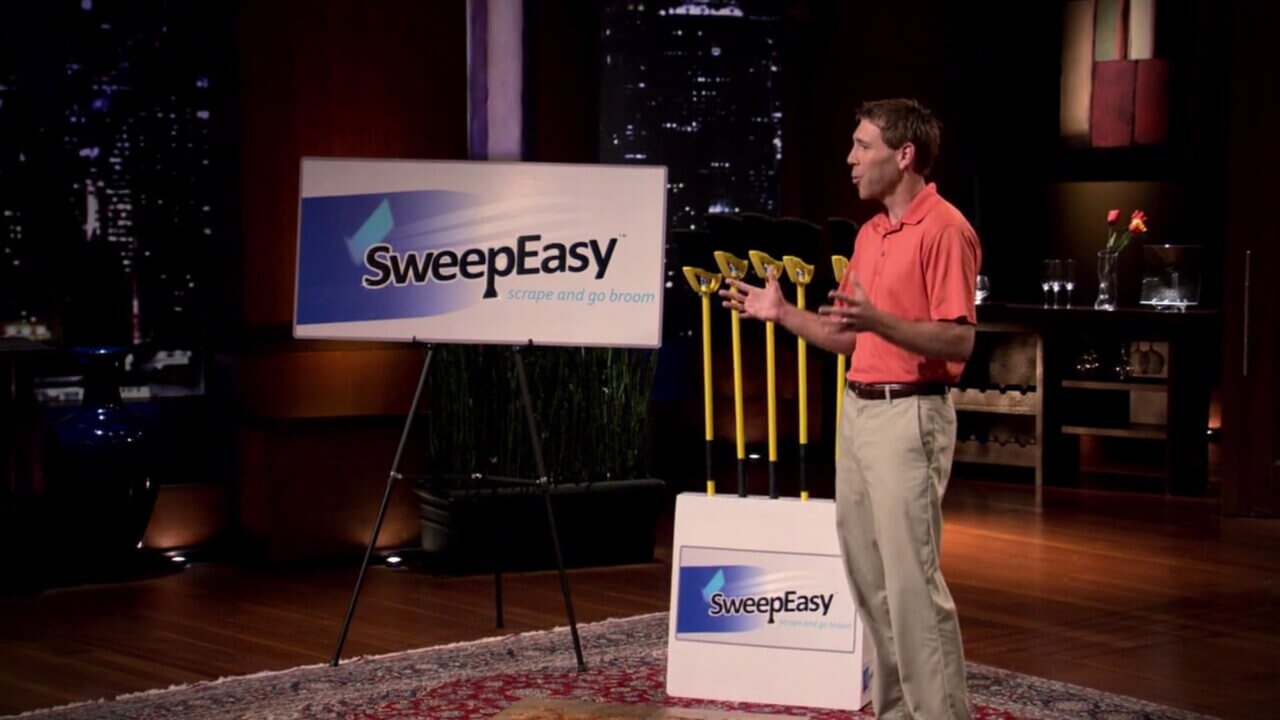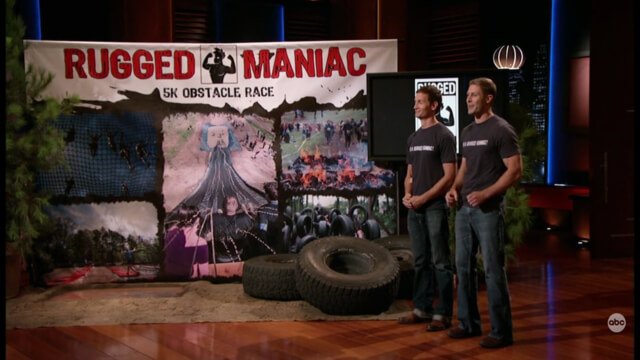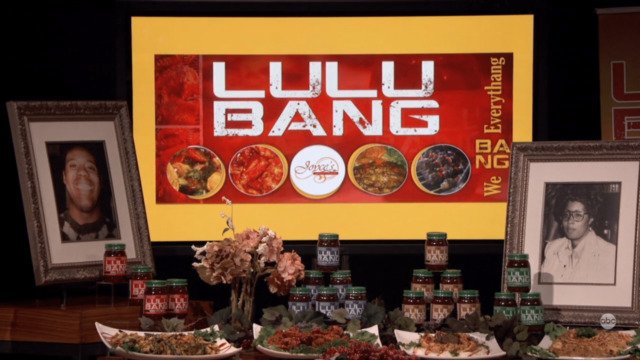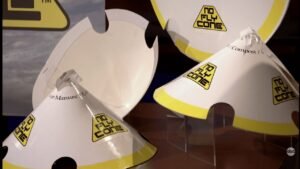They got an offer on Shark Tank… but did the handshake actually matter? With Geek Chic, things looked golden: $2 million in annual sales, a fanbase drooling over their custom gaming tables, and Shark interest from day one. But if you think a Shark Tank deal is always a happy ending, think again. I’ve seen too many founders assume the TV validation is enough—Geek Chic is the cautionary tale every hustler should study.
Let’s break down how Geek Chic thrilled nerds and Sharks, why the company still tanked, and what you need to know before chasing your own geek dream on the big stage.
Contents
ToggleWhy Geek Chic Made Board Gamers Sit Up
In the world of board gamers, your table is your battlefield. Most of us settled for a surface you could spill chips on. Then Geek Chic shows up—think $3,000+ handcrafted wood, secret drawers, modular layouts, cup holders, and style that screams game night is sacred. Founder Robert Gifford spotted a tribe nobody else served: the adult geek with disposable income. Geek Chic didn’t just sell furniture; they sold a dream to an audience desperate to splurge on their passion.
You want a status symbol for board game night? You called Geek Chic. At least, you did before everything went sideways.
Behind the Pitch: Robert Gifford and the Geek Dream
Robert Gifford wasn’t some MBA gunning for growth at any cost. He was a gamer. He pitched in Shark Tank Season 4, walking in with charisma, real numbers, and the kind of confidence you only have when you actually love what you’re selling. Gifford gave the Sharks what they wanted: proof of sales, hardcore fans, and a defensible niche.
It wasn’t just for D&D nerds. Geek Chic did a full product suite—comic storage, miniatures cabinets, everything a geek wanted as an adult. Gifford’s pitch was pure passion meets salesmanship: If you serve a market ignored by Ikea and Restoration Hardware, you set your own price.
I’ve seen founders get too greedy or too soft. Gifford? He knew his value and didn’t apologize for premium pricing.

Product Breakdown: The Tables, the Hype, and the Price Tag
Let’s be clear: these weren’t just tables. Geek Chic turned utility into luxury. Hidden drawers for dice, vault lids to save your campaign mid-game, plush rails, optional lighting, custom finishes—the works. Gamers went wild because they’d never seen this kind of craftsmanship meet their obsession.
Nerds live for details, and Geek Chic delivered. The flagship gaming table, The Sultan, started at around $3,500, and most buyers went custom. Orders stacked up. Waitlists grew. When a product inspires that kind of demand at absurd prices, you know you hit a nerve.
If you played Catan on a Geek Chic table, you felt like a king. That’s why Shark Tank came calling.
Net Worth and Sales: The Big Money Stats
Now, for the real talk: Geek Chic posted $2 million in sales the year before their episode. Sounds like a bombshell, right? Here’s what matters—sales are not profit. Geek Chic finished with a $100,000 loss that year. Why? Custom furniture burns cash like dry kindling.
Robert Gifford projected a turnaround—he claimed the company would net $400–500K next year if everything went right. I’ve heard founders sing this tune before: one more year of pain, then the payoff. Sometimes it hits. More often, the margins never grow. That was Geek Chic’s shadow—great revenue, but never the Black Lotus of profits.
Even at its peak, the business was a cash pit. There was no fat buyout waiting on the other side.
The Sharks’ Moves: Who Bit, Who Passed?
Shark Tank investors don’t care about your cosplay unless you can show margins and growth. Yet, two offers hit the table. Daymond John offered $200K for 25%—a typical I’ll take the risk, but I want real skin in the game move.
Then Robert Herjavec swooped in: $300K for 25%. That’s rare—upping the cash without getting a bigger cut. Gifford took the deal on air. Why? Herjavec brings more than money. He knows how to streamline ops, scale up, and run logistics—a play Geek Chic desperately needed.
Were the other Sharks itching to bite? Not really. They worried about manufacturing headaches, delivery bottlenecks, and niche appeal. Barbara, Mark, Kevin—they saw the risk. Hardware is hard, especially when you’re up against Amazon’s efficiency and IKEA’s price floor.

Did the Deal Actually Happen?
Here’s the Shark Tank myth: the handshake on TV is the finish line. Here’s reality: that handshake is just the first lap.
Did Robert Herjavec ever wire the money? No. Multiple sources, including SharkWorth, confirm: the deal never closed. Geek Chic kept shopping for outside investors, maybe looked for better terms, maybe stalled out with due diligence.
Why would Herjavec walk? He’s seen what happens to craftsman businesses that scale too fast: quality drops, costs balloon, and the fan base turns ugly when waitlists get too long. If your margins are thin now, adding Shark money isn’t a silver bullet. It can actually speed up your train wreck.
So—deal made on air. No investment in real life. That’s the Shark Tank story you don’t always hear.
Where Is Geek Chic Now?
Are they shipping premium tables today? Nope. Geek Chic shut down a few years after the Shark Tank spotlight. The same bottlenecks that worried the Sharks became fatal: production delays, custom orders stretching months, overhead they couldn’t eat.
If you’re running a craft business, this is the warning. Scaling a product that requires skilled labor, rare materials, and fussy customers isn’t about branding—it’s brick-and-mortar pain. Treks to China won’t help if your entire value is hand-built in America. Some businesses just can’t scale without giving up their soul.
There’s no official Geek Chic left. No storefront, no order button, not even a warehouse fire sale. The website? Dead.
Can Anyone Buy Geek Chic Products Today?
So, what if you still crave one of those legendary game tables? Now, you’re on a back-channel hunt: secondary markets, collector forums, used furniture groups. Occasionally a Geek Chic table pops up on eBay or BoardGameGeek, but expect bidding wars and vintage prices.
People treat these tables like classic guitars or rare Magic cards—prized, but hard to pry away from owners. Don’t expect warranties, either. It’s buyer beware.
I’ve heard whispers of knockoff luxury game tables cropping up, but nothing has the magic or cult status of Geek Chic. If you score one—take care of it. There’s no going back.
Final Take: Lessons for Hustlers and Dreamers
Let’s call it straight: Geek Chic nailed product obsession and community. They sold desire, not just tables. That’s the secret sauce behind legends like Scrub Daddy or Bombas—but those brands figured out mass production, fat margins, and volume.
The problem? Geek Chic was a craft business straining to be a growth company. Customers lined up. Cash flow never added up. Gifford played the Shark Tank game well—good ask, strong defense, the right emotional pitch. But even the best pitch can’t fix weak operations.
Here’s the big lesson every founder needs to steal: before you throw yourself at the TV sharks, build a machine, not just a product. If your business breaks down when you get big, no amount of exposure will save you. In fact, it could destroy you faster.
Don’t get high off PR. Build for scale—then go hunting for partners and Shark money. Otherwise, you’ll be the cautionary tale next time someone chats about the one that got away on SharkWorth.
FAQs
1. Is Geek Chic from Shark Tank still in business?
No. They’re out of business. The website is shut and no tables ship anymore.
2. Did Robert Herjavec’s investment actually go through?
No. The on-air deal ($300K for 25% equity) with Robert Herjavec never closed after the show.
3. Why did Geek Chic go out of business despite big sales?
High sales didn’t save them from operational pain and thin margins. Scaling handmade furniture almost killed their business model.
4. Can I still find Geek Chic tables for sale?
Rarely, and only on secondary markets or collector sites. Expect bidding wars and high prices.
5. How much net worth did Geek Chic reach at its peak?
They had peak revenues of $2 million a year. Actual net worth? Bleak—no sustained profits and eventually a negative balance.
6. Did Shark Tank exposure help or hurt Geek Chic?
Short-term bump, long-term pain. Visibility grew, but operational stress and customer waitlists increased.
7. Who owns the rights to Geek Chic products now?
No one is officially producing under the Geek Chic name. The brand and IP floated off after the shutdown.
8. Has anyone tried to revive Geek Chic since shutting down?
No legitimate relaunch or successor as of 2025. The legend lives only in gamer circles and second-hand tables.
Shark Tank made Geek Chic a household name for gaming nerds who love luxury. But the real lesson is harsh: strong demand and community mean nothing if your hustle can’t scale to pay the bills. If you’re dreaming of your own big wave after a Shark Tank splash, make sure your business bones are strong before you bet it all on TV validation.










